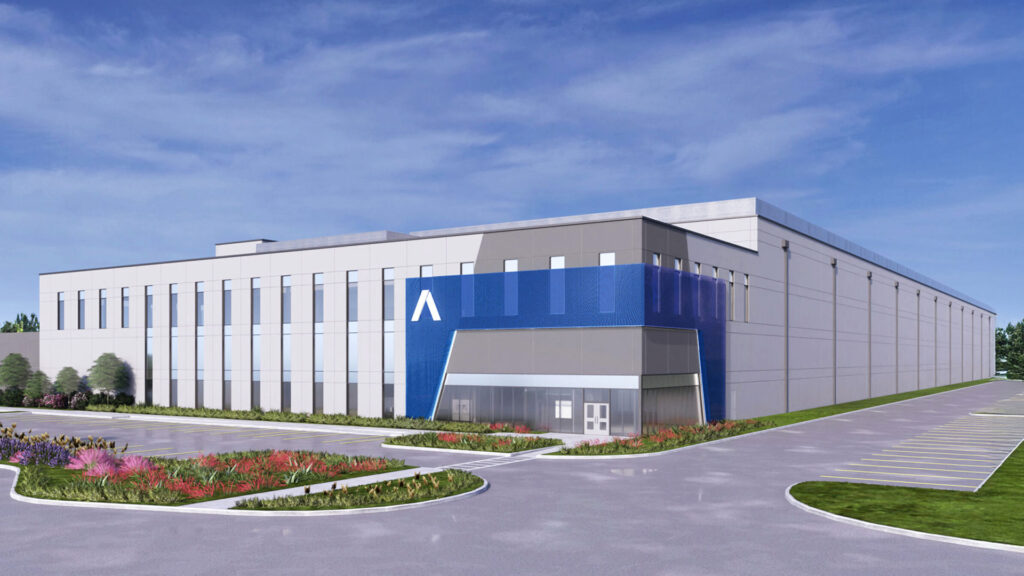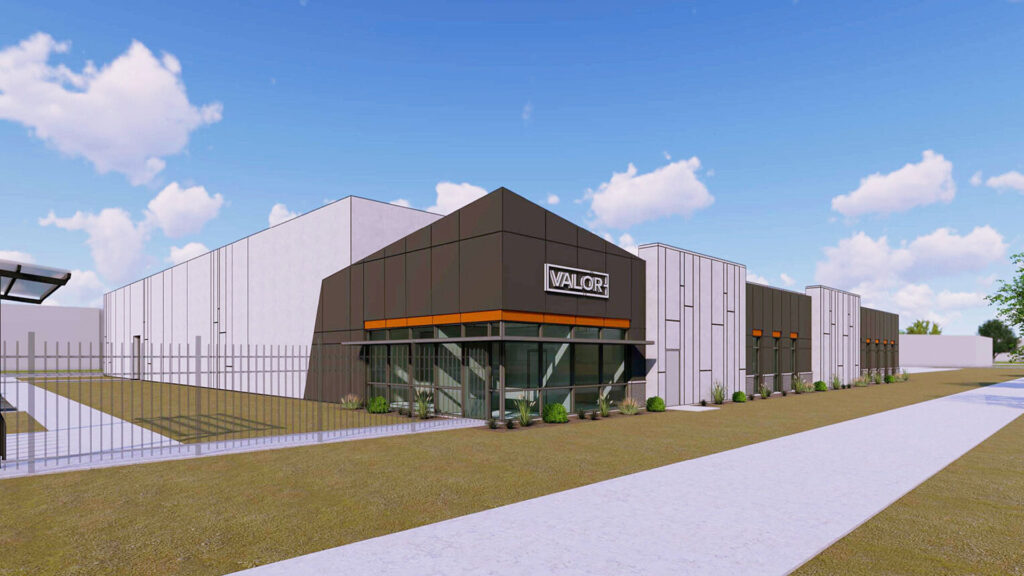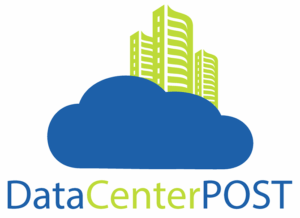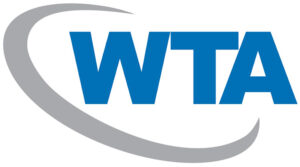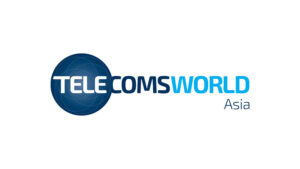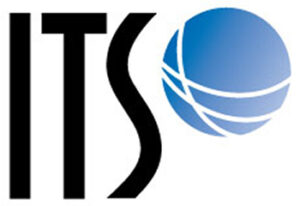The demand for bandwidth and fiber optic network infrastructure continues to escalate, driven by numerous reasons, including return to office, streaming media, and the continued adoption of other bandwidth intensive applications. Wireless carriers also face unique challenges to fuel the proliferation and densification of their 5G small cell deployments. This growing demand is predicted to continue for the foreseeable future as the need for infrastructure density, bandwidth scalability, connectivity reliability, and latency management all become a commonplace requirement for organizations of all sizes.
To meet these customer demands, purpose-built fiber networks need to provide all these features, and more – market-leading fiber density, massive bandwidth capabilities up to 800 Gbps, reliability powered by the latest network technologies, plus unique and custom routing options to reduce latencies.
Network Density and Reach
Whether you are connecting buildings, data centers, or 5G small cells, there is no substitute for network density to deploy needed connectivity to your various digital destinations. When connecting to buildings and data centers, network density offers faster deployment timelines, more service options like dark fiber, as well as different, or potentially unique, routing options, which can increase service reliability. Wireless 5G deployments and densification demands more fiber in more places to connect to the growing number of small cells. Network density can also allow a provider to offer both lit services and dark fiber to customers – an option that is not always available with thinner networks that lack the overall fiber strands to support these options at scale.
Scalability and New Capabilities Enabled by Next-Generation Equipment
Optical networks, which can enable bandwidth options up to 800 Gbps on a single wavelength, plus advanced network management and reliability capabilities will enable a state-of-the-art fiber network with more capacity, service offerings, and industry-leading service availability. All of this results in more powerful services, the ability for customers to upgrade services quickly, and an overall better customer experience.
Rapid, Customized Deployment Capabilities
This ties back to fiber-optic infrastructure density and next-gen equipment. If you don’t have these, you can’t be agile for your customers. A provider needs to be able to customize connectivity solutions to the exact needs of customers. Network density means there is more fiber near customers for faster turn up times. It also facilitates design customization and routing of the services. Without network density, a provider needs to build more, which takes time, and where and how they build is not always optimal for the customer’s needs.
Network Reliability
Reliability is where it all comes together, and it starts with the core network and extends out to the customer premises. Network density, next-generation technologies, and network design are all key factors to how a network performs, and ultimately how a customer’s service performs. Next-generation network technologies in the core mean a more robust core that is adaptive and can respond quickly to ever-changing network conditions and bandwidth demands. Network density, combined with unique routes and points of presence, enable failover capacity in the core, plus additional routing and continuity options to further enhance reliability. Finally, a rapidly deployed solution that is custom designed into the network ensures that service availability is taken into account from the beginning. Highly oversubscribed solutions from some carriers only complicate reliability further by complicating the core’s ability to failover or reroute.
In the end, all four of these characteristics are critical when considering a connectivity provider. There is an enormous difference between mass-market, over-subscribed connectivity versus customized, dedicated solutions from a fiber infrastructure provider. While decisions often come down to dollars and cents, an organization needs to account for the dollars and cents related to underperforming networks and it is important to have robust infrastructure solutions that can be trusted by all organizations.
About Lightpath:
Next-Generation Network. Next-Generation Customer Service. Lightpath is revolutionizing how organizations connect to their digital destinations. Highly reliable, flexible, and secure all-fiber connectivity with 20,000+ fiber route miles provide connectivity to 13,500+ service locations. Ethernet, optical transport, Internet, SD-WAN, private networks, dark fiber, voice, DDoS protection, managed security, and managed Wi-Fi. Learn more at lightpathfiber.com.





